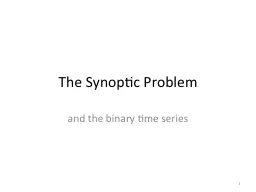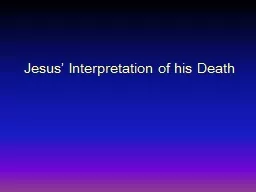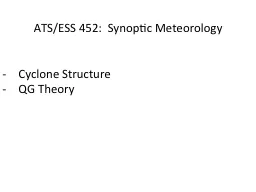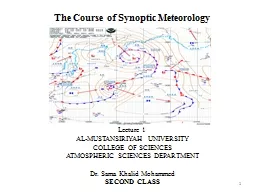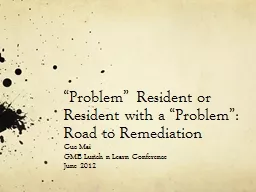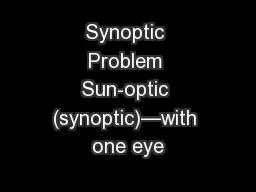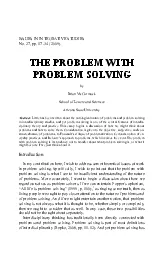PPT-The Synoptic Problem
Author : stefany-barnette | Published Date : 2017-01-15
and the binary time series 1 The synoptic problem is concerned with hypotheses about the relationships between the synoptic gospels of Mark Mk Matthew Mt and Luke
Presentation Embed Code
Download Presentation
Download Presentation The PPT/PDF document "The Synoptic Problem" is the property of its rightful owner. Permission is granted to download and print the materials on this website for personal, non-commercial use only, and to display it on your personal computer provided you do not modify the materials and that you retain all copyright notices contained in the materials. By downloading content from our website, you accept the terms of this agreement.
The Synoptic Problem: Transcript
Download Rules Of Document
"The Synoptic Problem"The content belongs to its owner. You may download and print it for personal use, without modification, and keep all copyright notices. By downloading, you agree to these terms.
Related Documents

